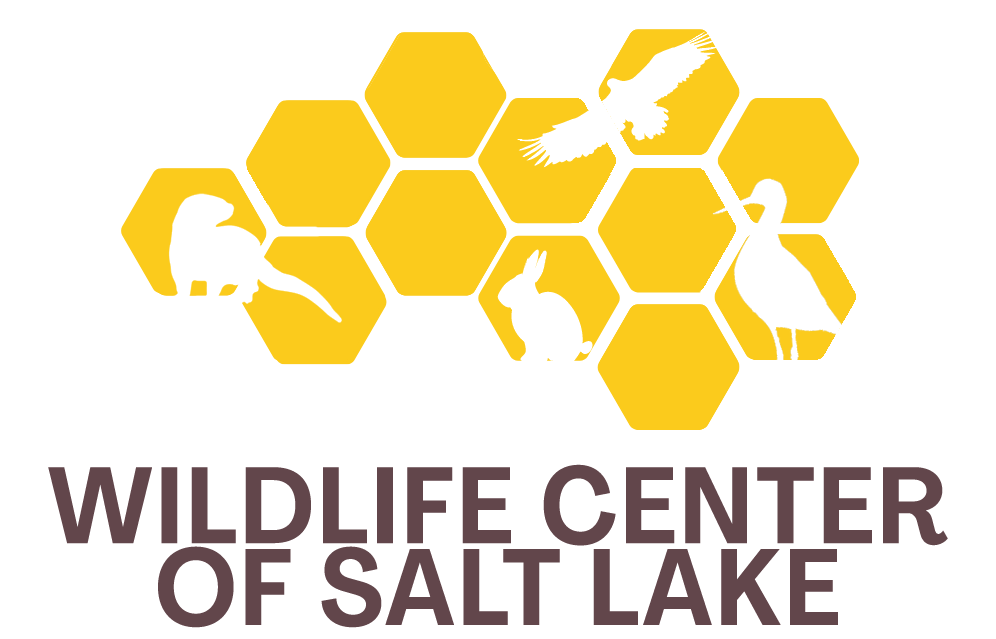
Wildlife Emergency
Baby geese / goslings
Wildlife Emergency
Before taking any action please contact us at 801-800-1776. Intake by appointment only - no walk-ins
Are we closed? Click here for after hours capture and care
Please note: This information is meant to supplement or support you before/after hours or when we have not answered the phone. The BEST way to get your situation assessed by our wildlife professionals is to call or text us at 801-800-1776.
Photo example of a Canada goose gosling
Help! I found a baby goose!
Baby geese are called goslings and the first step is identification. Goslings are yellow with grey and are taller than ducklings. It is important to identify the species that you have found since geese and ducks exhibit different parental behavior. See the photo example listed here to help you identify a gosling. Please remember that safety is the #1 priority and if you do not feel safe capturing a wild animal, you should not do it.
We recommend securing the animal in a cardboard box or other solid-sided container with air holes. DO NOT hold, play with, or cuddle the bird. This habituates them to human care and reduces their chances of being reunited with their family, being fostered by another goose family, and being released back to the wild. Canada geese are federally protected species and it is illegal to hold them for longer than 24 hours without the intention of bringing them into a permitted facility.
Please note: This information is meant to supplement or support you before/after hours or when we have not answered the phone. The BEST way to get your situation assessed by our wildlife professionals is to call or text us at 801-800-1776.
When you call the center (801-800-1776) we will ask you to send a photo so that we can identify the bird to ensure we are giving accurate advice.
We will ask if the bird is injured or ill - if it is injured (blood present, limping, wounds, etc.) we recommend that they come into us for care (please call us 801-800-1776 or see after hours instructions). If the bird is not injured, our first recommendation will be to reunite the bird with it’s family. This is something you can get started on your own if it is before/after hours and the bird is not injured.
Try reunification if:
The bird is alert and/or vocalizing
The bird can stand and walk
The bird does not appear injured
Do NOT try reunification if:
The bird looks tired or has a “hanging head”
The bird is ataxtic (wobbly, can’t walk normally)
You witnessed an interaction with another animal (dog, cat, predator), even if the animal appears “okay”
The bird is bleeding or has wounds
To reunite a baby gosling with it’s family, look for bodies of water that are close by or a field for the family. The family will most likely have 2 parents present (male and female adult bird) and up to 9 (but usually around 5) goslings that are the same size as the individual you have found.
While we do not recommend feeding wildlife on an ongoing basis, this is the time where you can attract the family to you by tossing out waterfowl pellets, chopped lettuce, corn, peas, or seeds out to the family (do not toss out bread or dog food). Urban waterfowl are used to being fed, so this might attract the family to you. When the family gets close, place the gosling in with the group, and walk away - this ensures that the baby does not return or follow you. When you have created distance from the group, stick around and make sure that the baby has integrated with the family and, if possible, that it has adequate waterproofing (is not sinking when in the water).
Congrats! You have reunited a gosling with it’s family. If the effort fails, please call us (801-800-1776) to make an appointment to bring the bird in to us for care.


